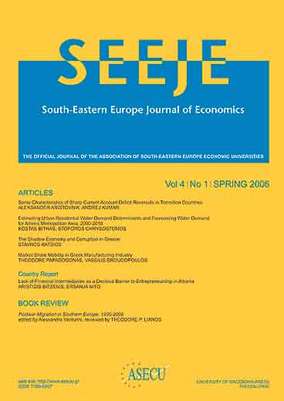Exchange rate risk measurement and management : issues and approaches for firms
Part of : SEEJE ; Vol.4, No.2, 2006, pages 129-146
Issue:
Pages:
129-146
Author:
Abstract:
Measuring and managing exchange rate risk exposure is important for reducing a firm’s vulnerabilities from major exchange rate movements, which could adversely affect profit margins and the value of assets. This paper reviews the traditional types of exchange rate risk faced by firms, namely transaction, translation and economic risks, presents the VaR approach as the currently predominant method of measuring a firm’s exchange rate risk exposure, and examines the main advantages and disadvantages of various exchange rate risk management strategies, including tactical vs. strategical and passive vs. active hedging. In addition, it outlines a set of widely-accepted best practices in managing currency risk and presents some of the main hedging instruments in the OTC and exchange-traded markets. The paper also provides some data on the use of financial derivatives instruments, and hedging practices by US firms.
Subject:
Subject (LC):
Keywords:
financial risk, financial management, foreign exchange hedging, corporate hedging practices
Notes:
Περιέχει πίνακες και βιβλιογραφία, This paper draws heavily on various presentations on risk management while the author was the Director of Foreign Exchange Service of the WEFA Group. I thank Carlos Medeiros and a referee for helpful comments. As customary, the views expressed are those of the author and do not necessarily represent those of the I.M.F., JEL Classification: F31, G13, G15, G32, M21




